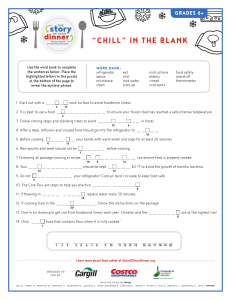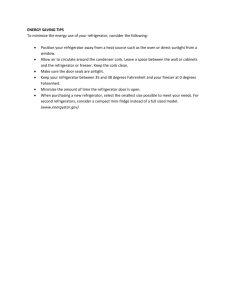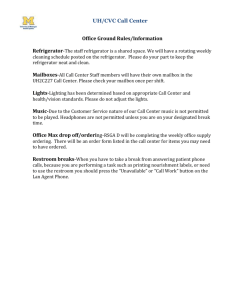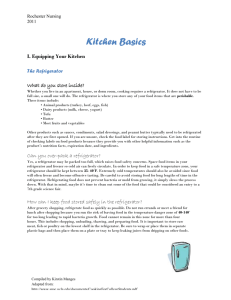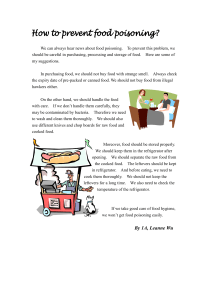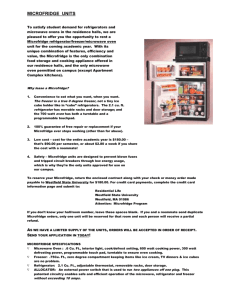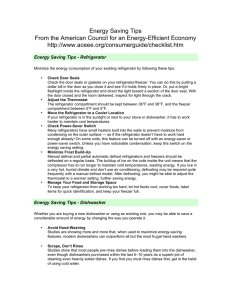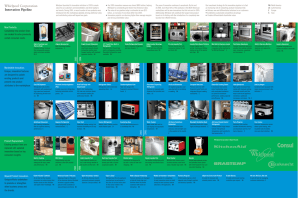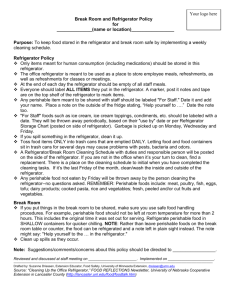Save energy in the kitchen
advertisement
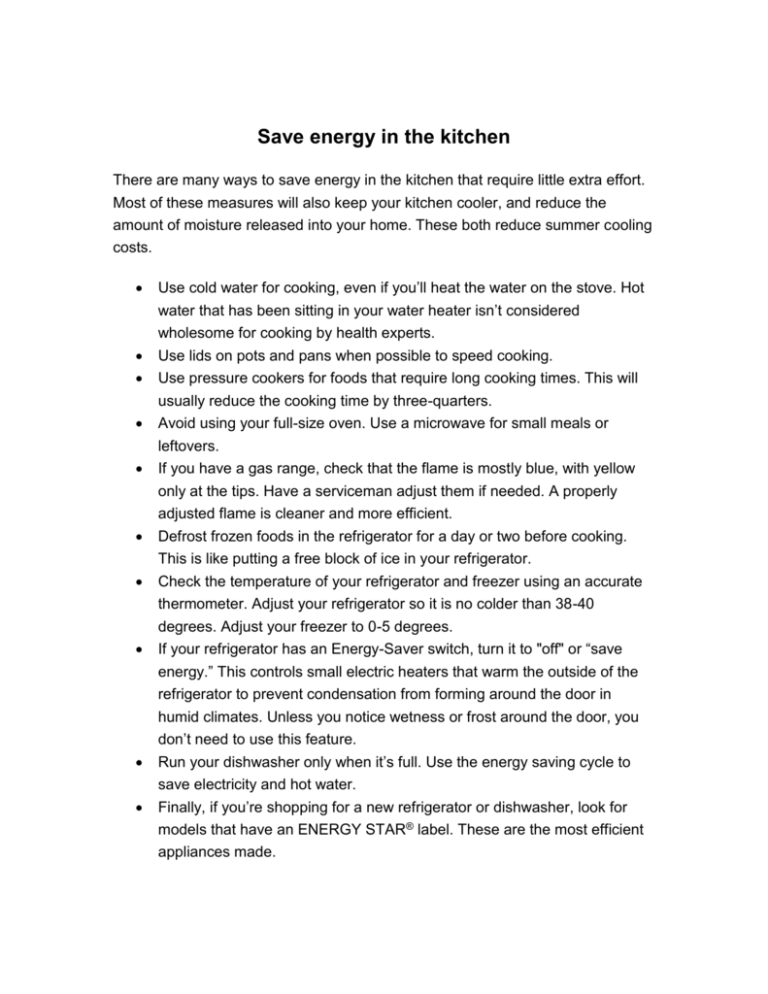
Save energy in the kitchen There are many ways to save energy in the kitchen that require little extra effort. Most of these measures will also keep your kitchen cooler, and reduce the amount of moisture released into your home. These both reduce summer cooling costs. Use cold water for cooking, even if you’ll heat the water on the stove. Hot water that has been sitting in your water heater isn’t considered wholesome for cooking by health experts. Use lids on pots and pans when possible to speed cooking. Use pressure cookers for foods that require long cooking times. This will usually reduce the cooking time by three-quarters. Avoid using your full-size oven. Use a microwave for small meals or leftovers. If you have a gas range, check that the flame is mostly blue, with yellow only at the tips. Have a serviceman adjust them if needed. A properly adjusted flame is cleaner and more efficient. Defrost frozen foods in the refrigerator for a day or two before cooking. This is like putting a free block of ice in your refrigerator. Check the temperature of your refrigerator and freezer using an accurate thermometer. Adjust your refrigerator so it is no colder than 38-40 degrees. Adjust your freezer to 0-5 degrees. If your refrigerator has an Energy-Saver switch, turn it to "off" or “save energy.” This controls small electric heaters that warm the outside of the refrigerator to prevent condensation from forming around the door in humid climates. Unless you notice wetness or frost around the door, you don’t need to use this feature. Run your dishwasher only when it’s full. Use the energy saving cycle to save electricity and hot water. Finally, if you’re shopping for a new refrigerator or dishwasher, look for models that have an ENERGY STAR® label. These are the most efficient appliances made.
